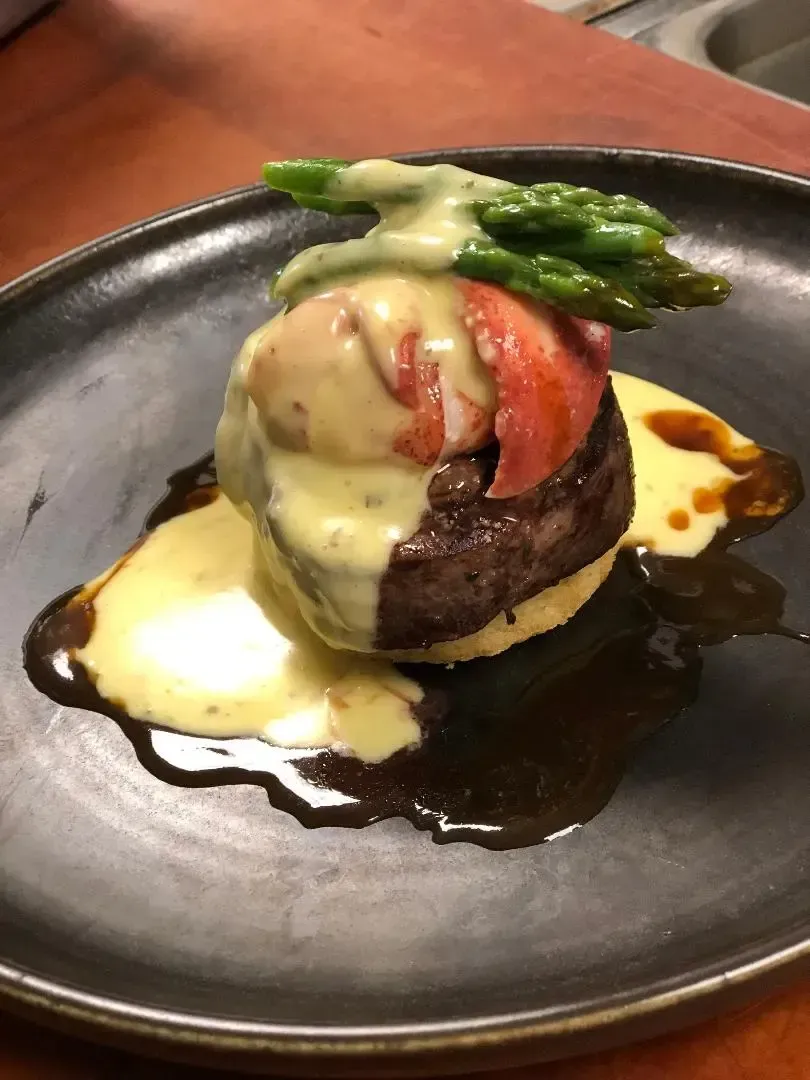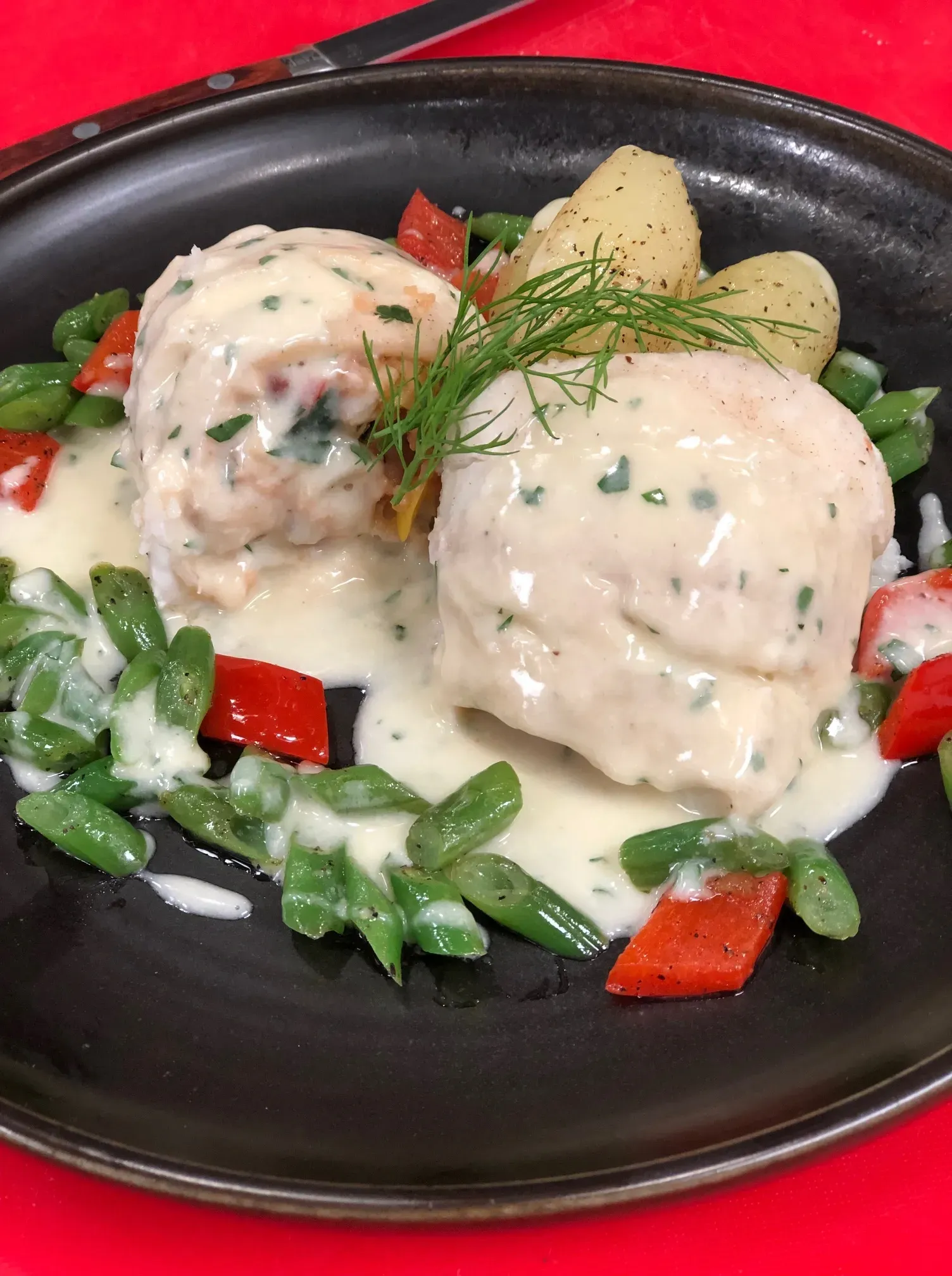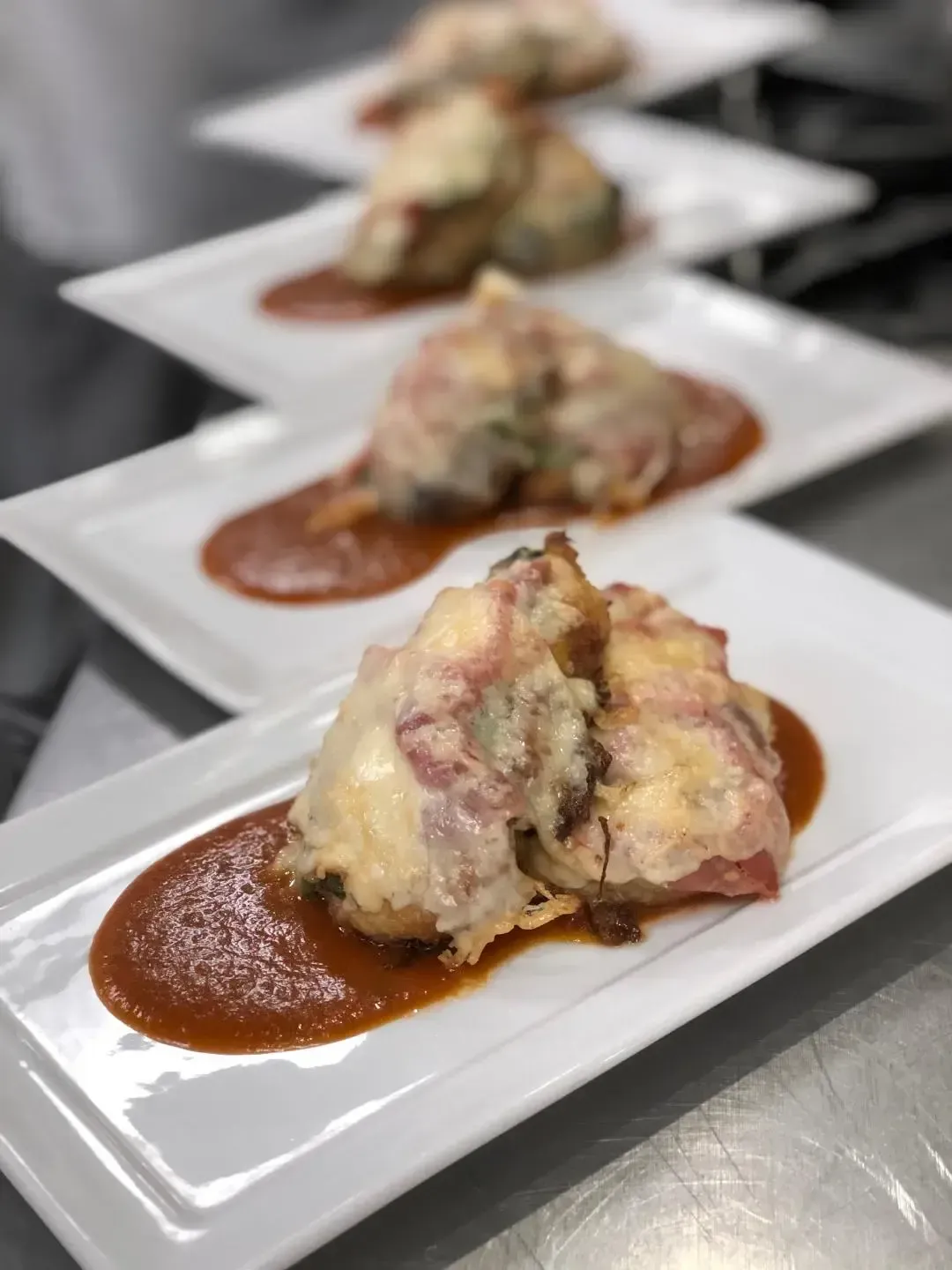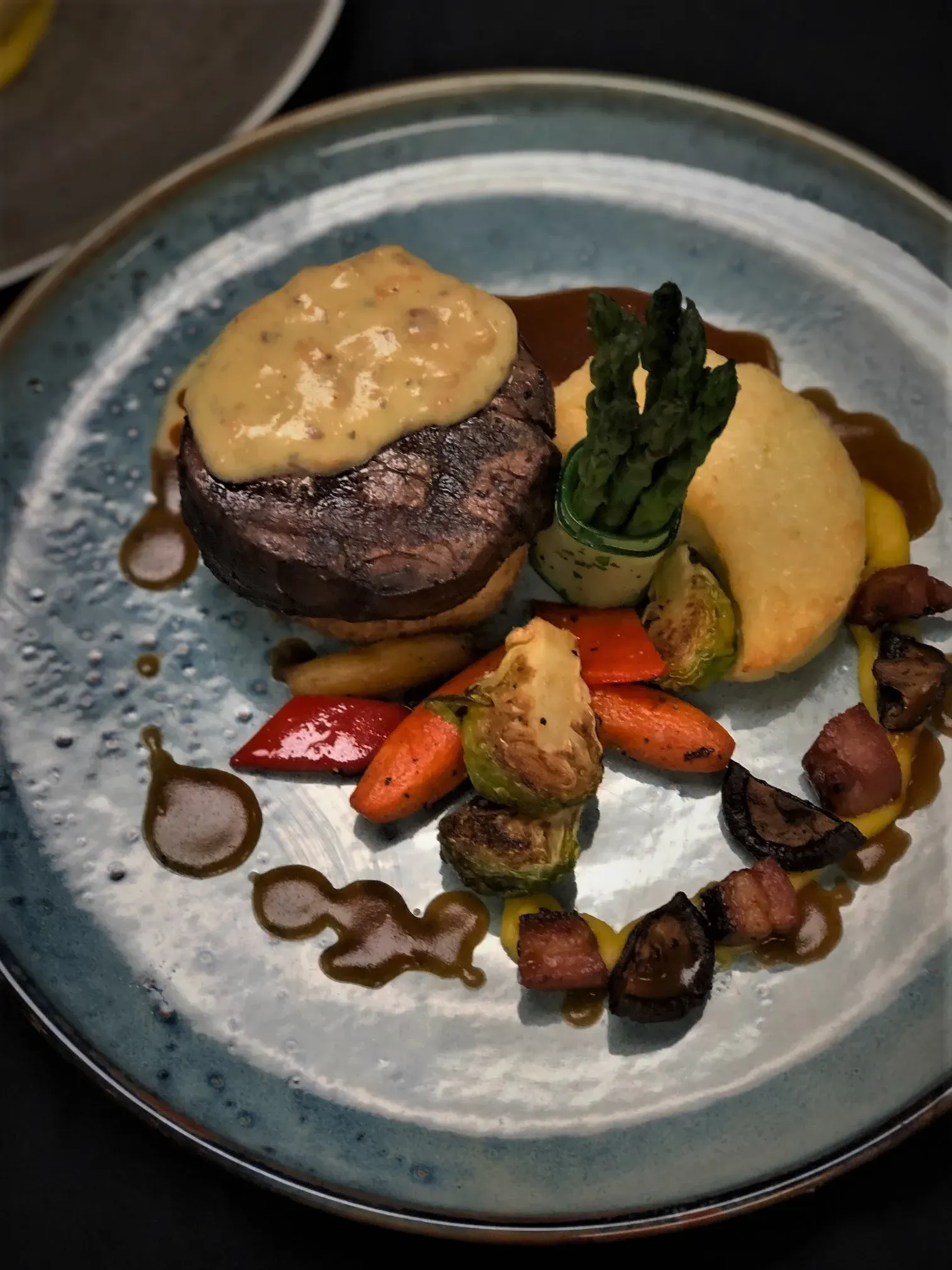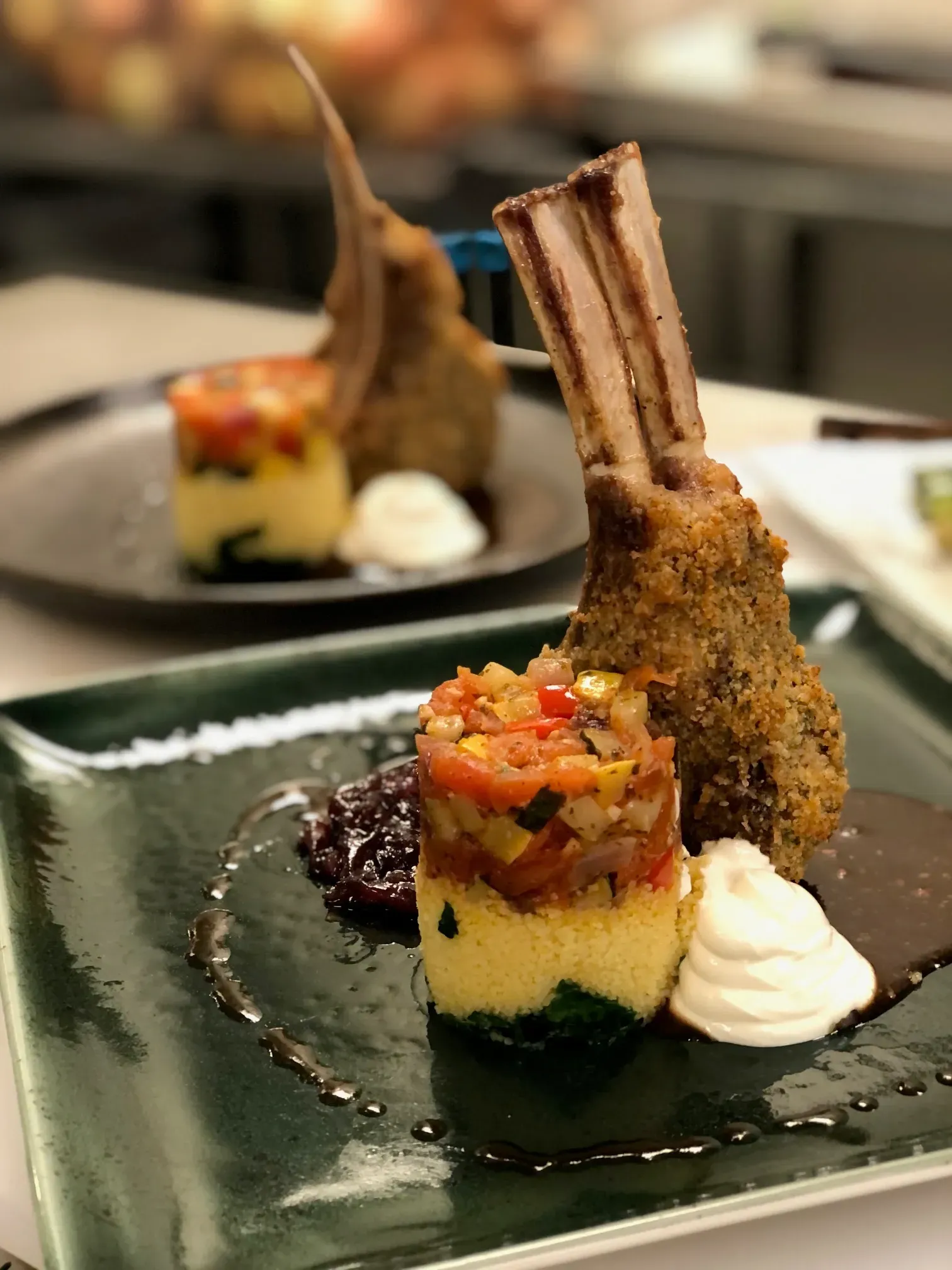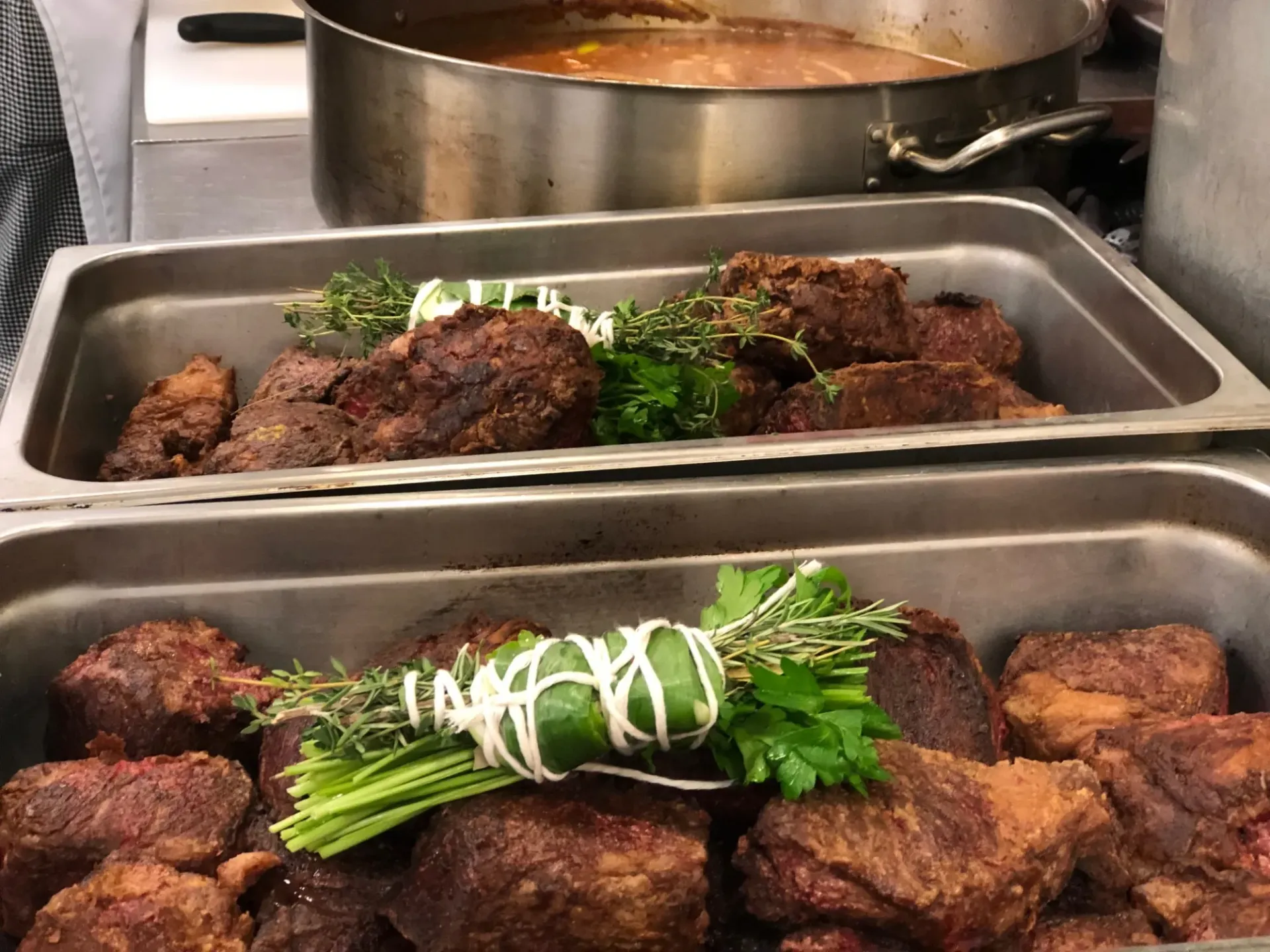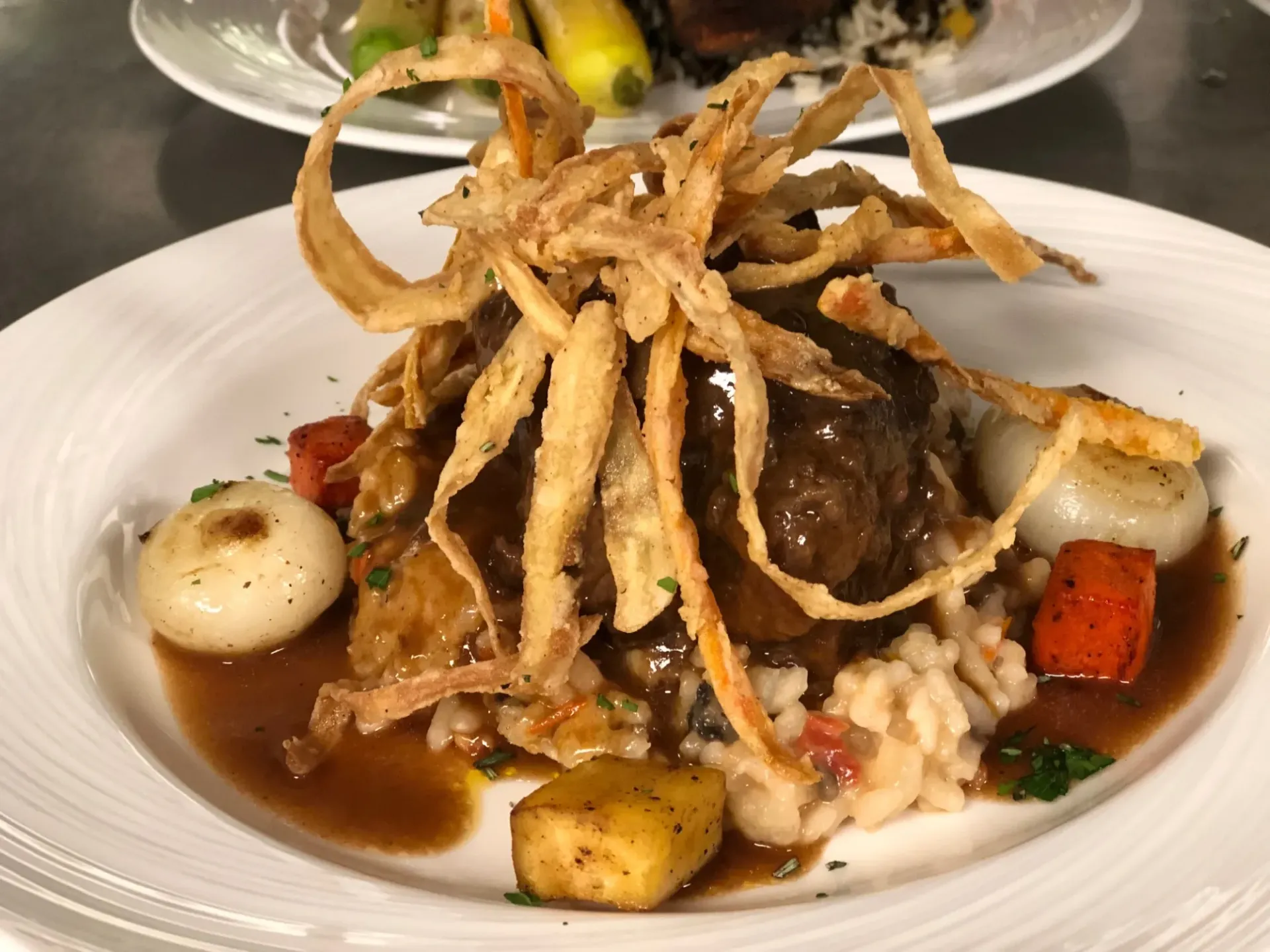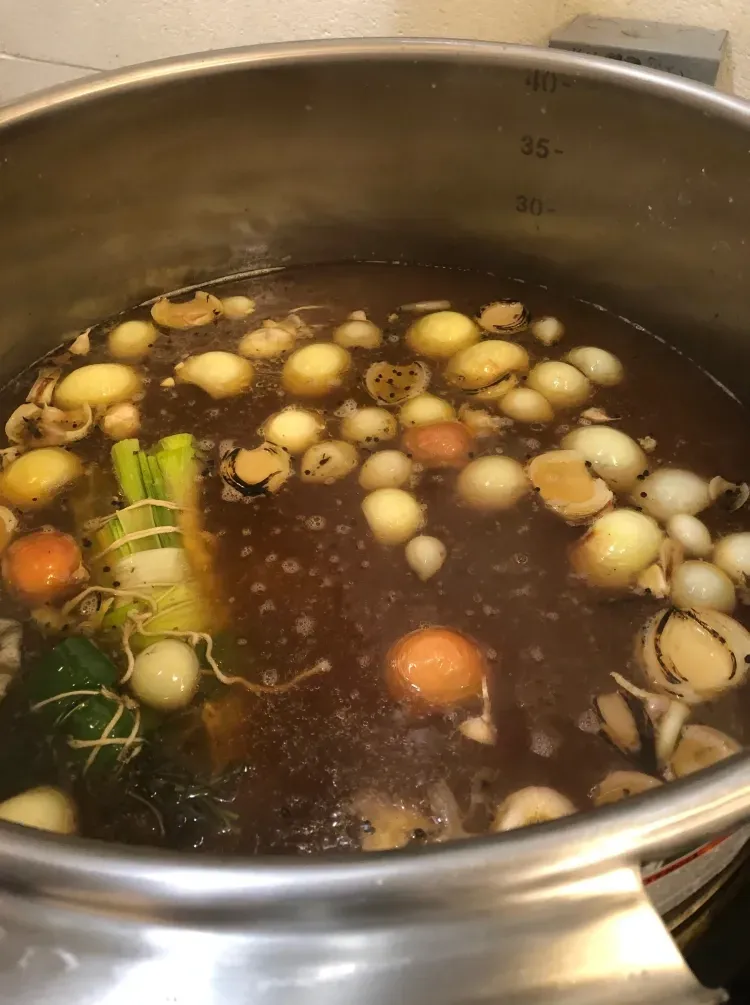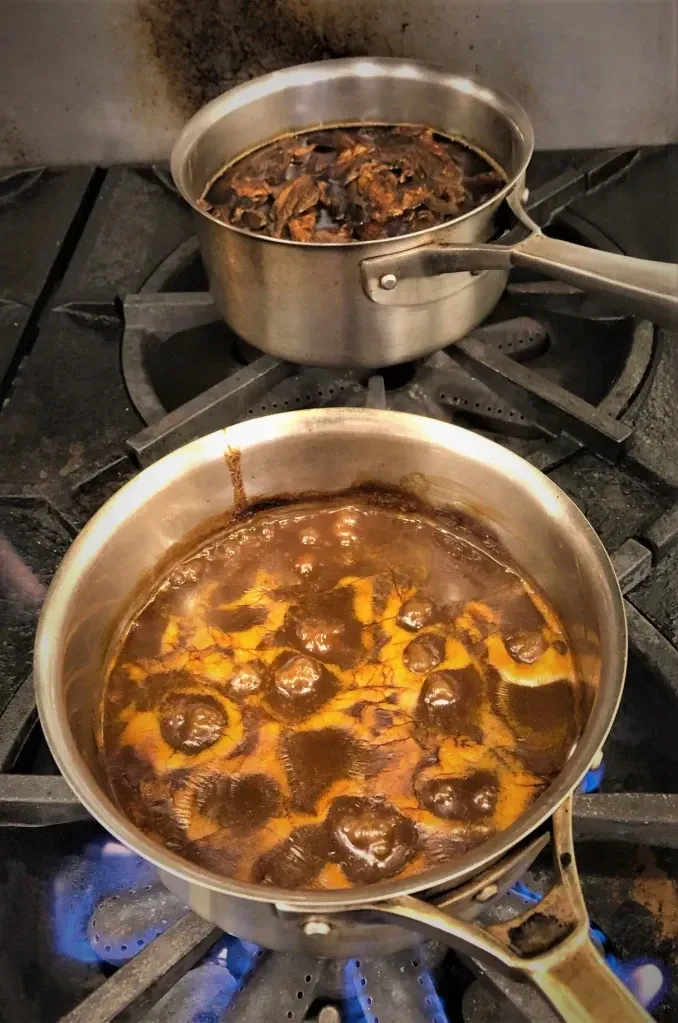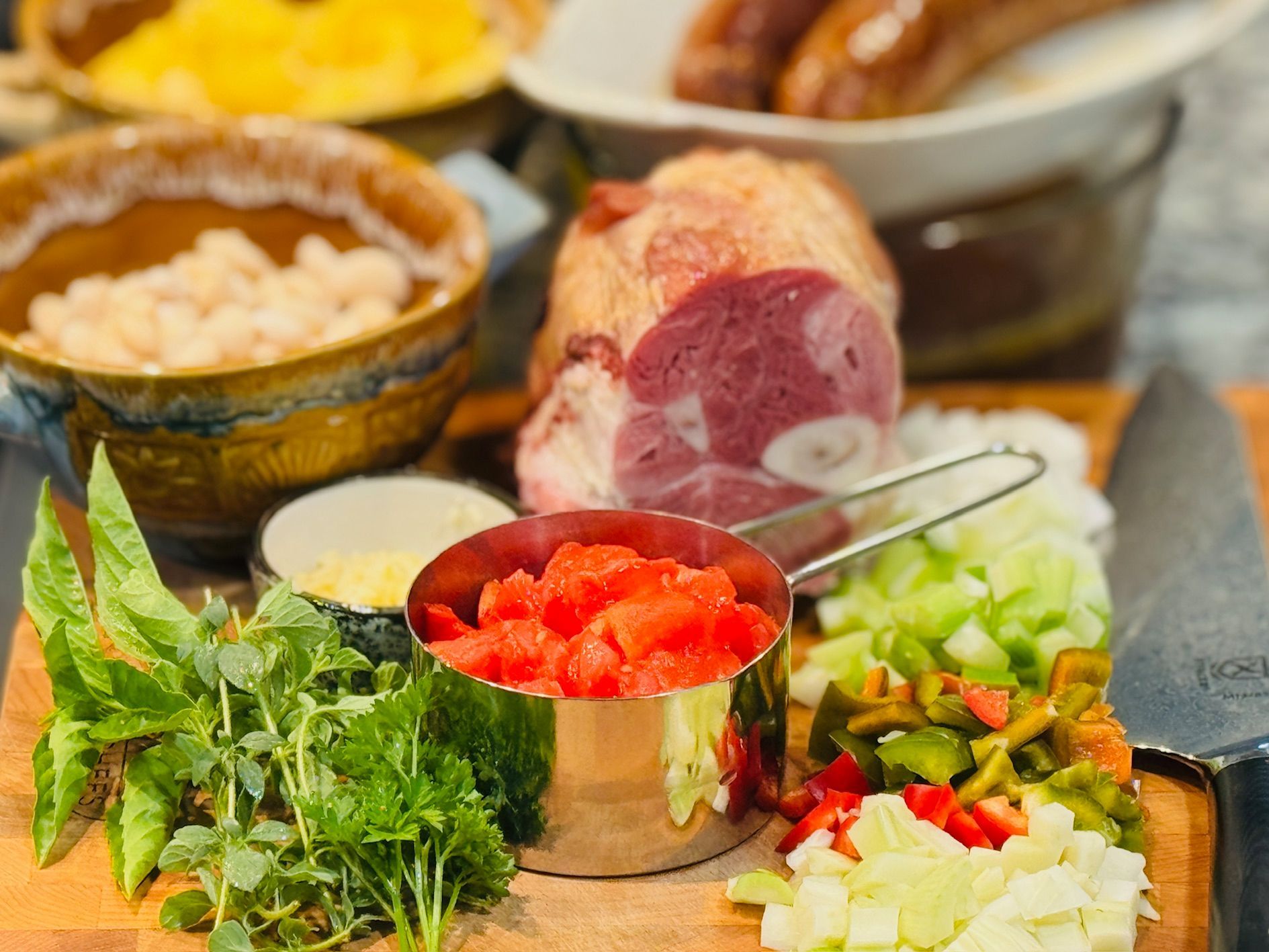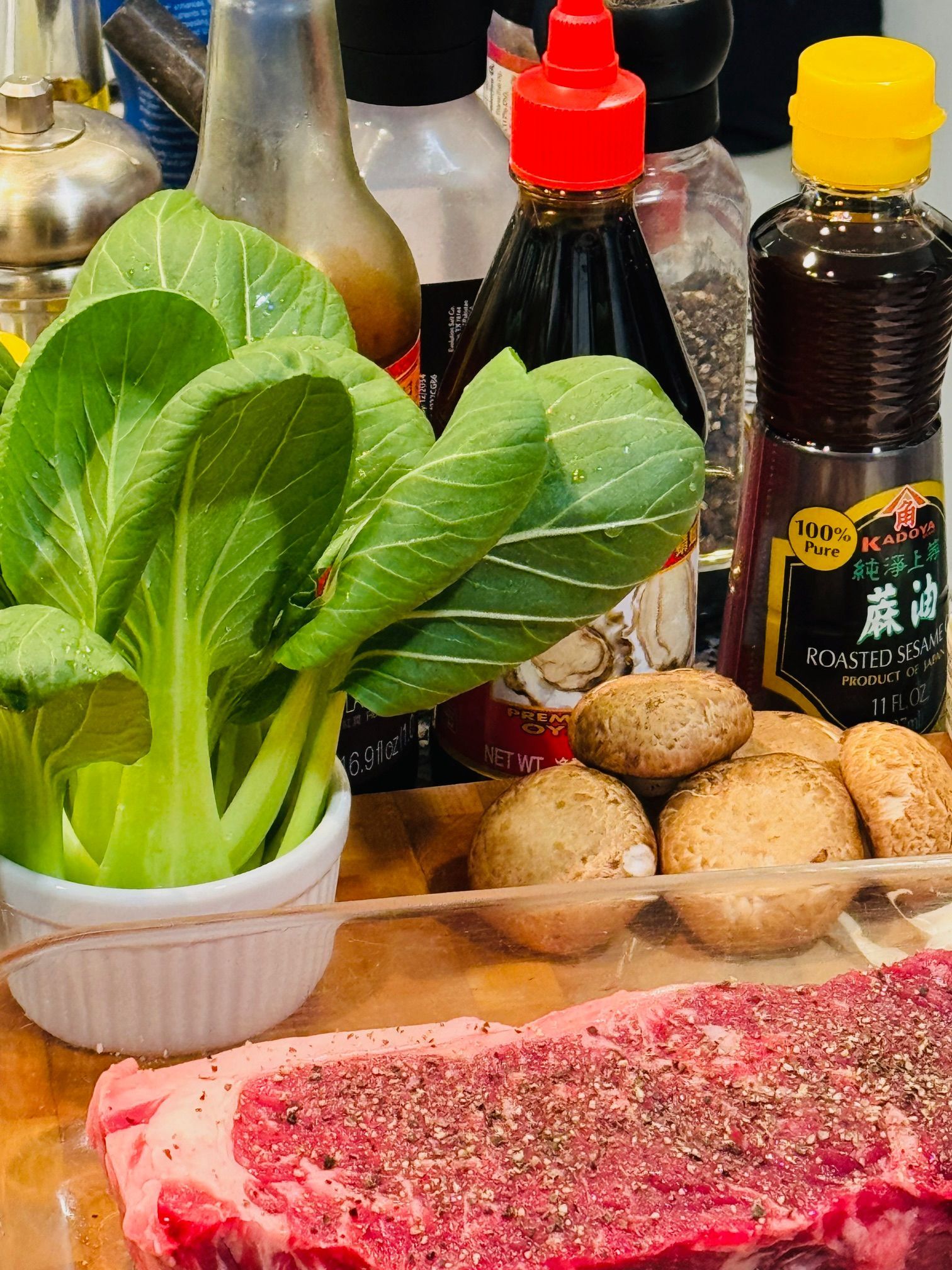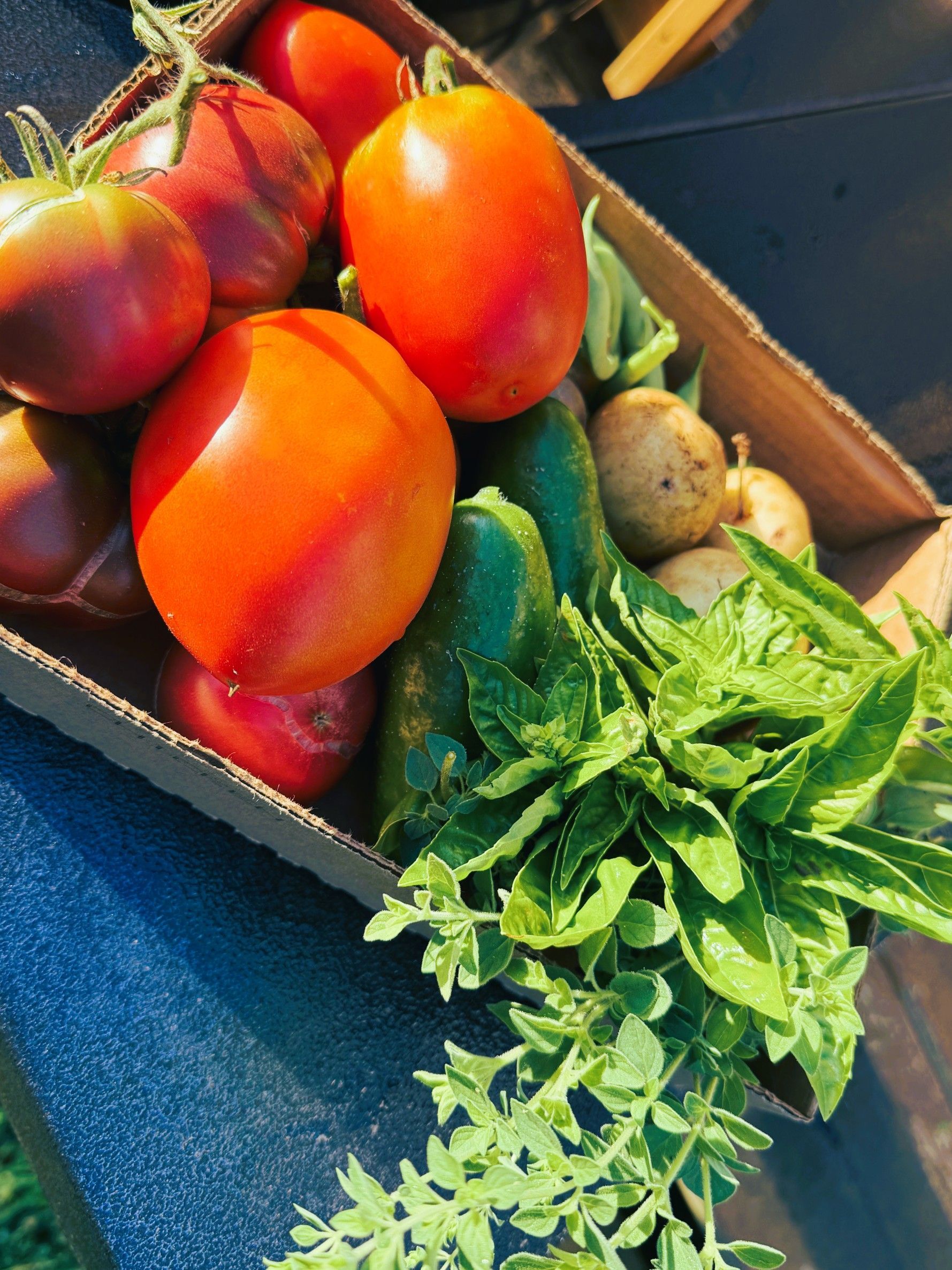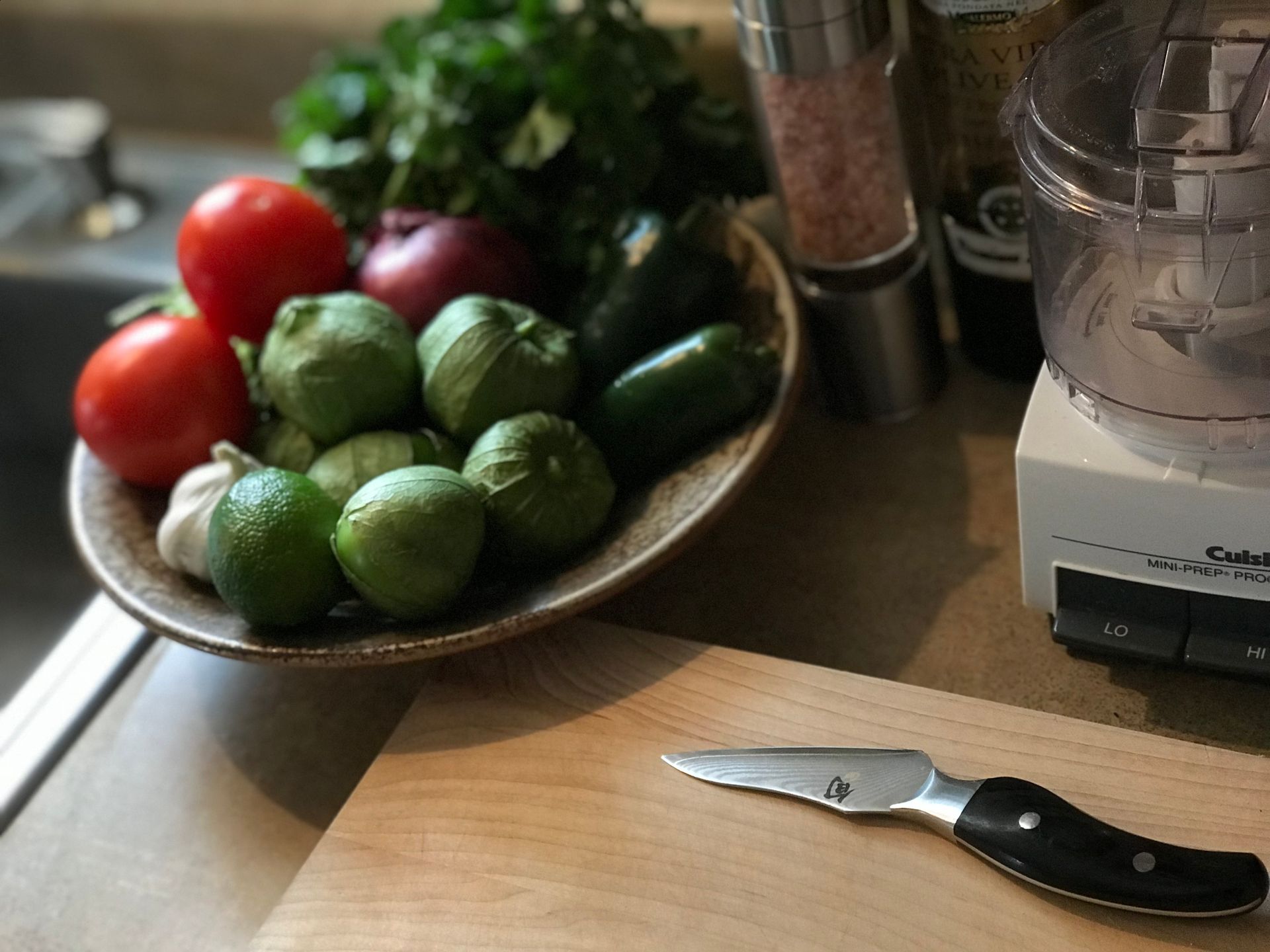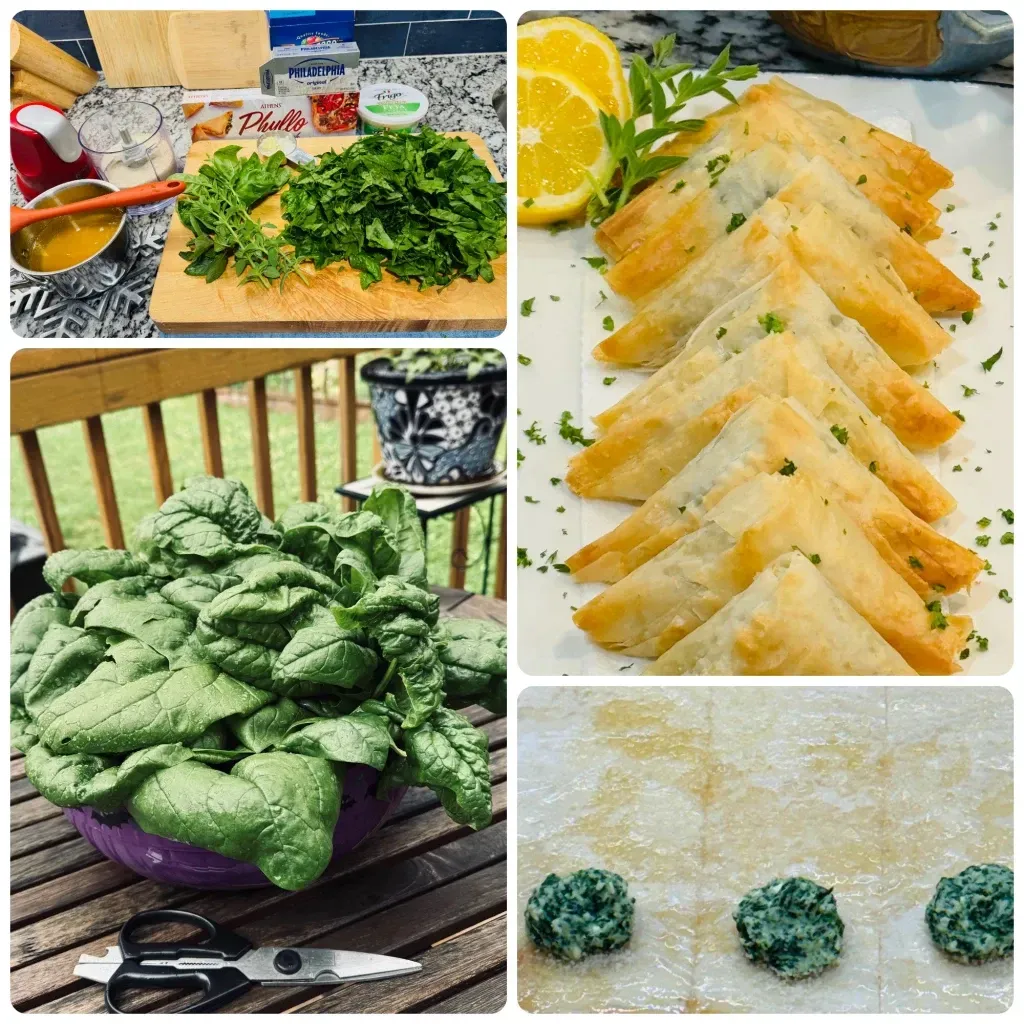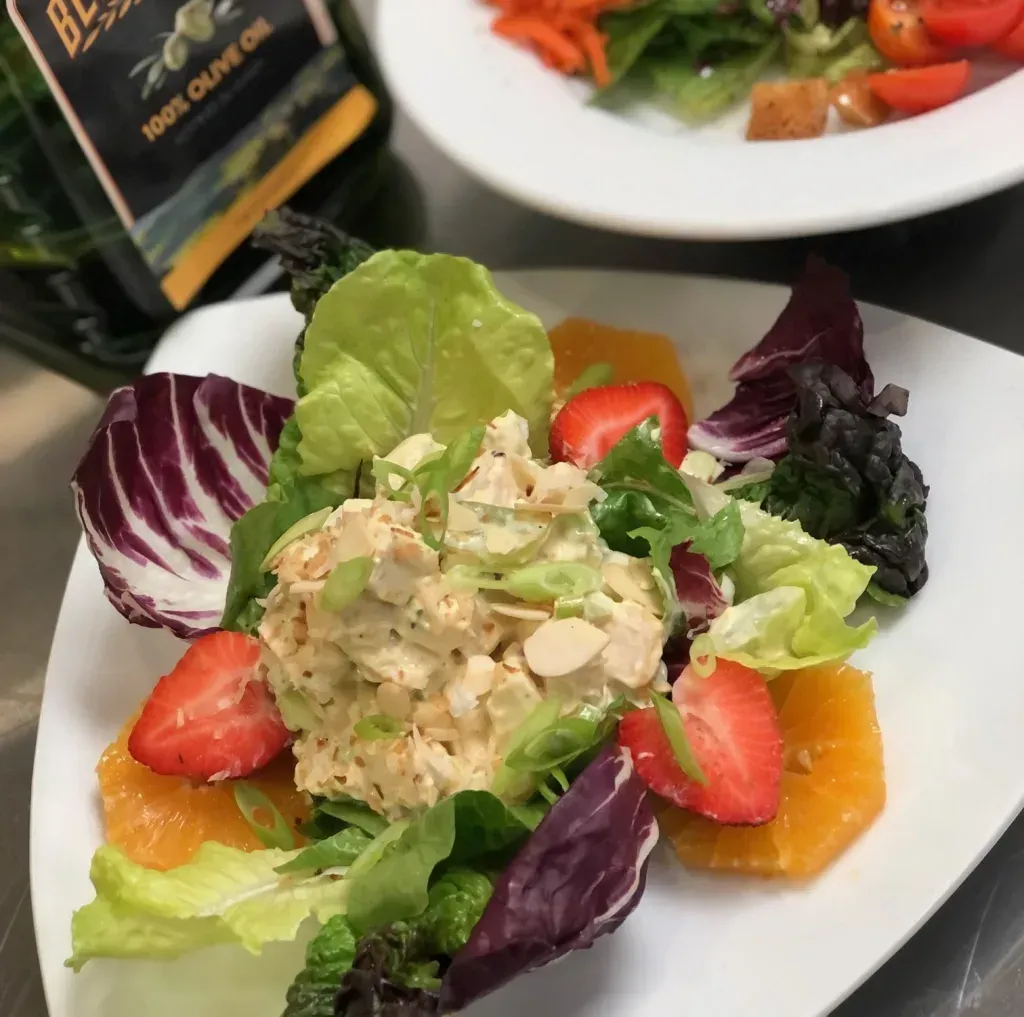Secrets of the Saucier
Chef cooking tips, cooking, Uncategorized
Secrets of the Saucier
The aim of a great sauce is to bring food to ethereal heights. Great soup creates sumptuous comfort when eaten and can create memories that will always be cherished. Developing flavor and silky consistency is the goal for cooks who make sauces and soups. Although this is a vast topic and one that takes years…
The aim of a great sauce is to bring food to ethereal heights. Great soup creates sumptuous comfort when eaten and can create memories that will always be cherished. Developing flavor and silky consistency is the goal for cooks who make sauces and soups. Although this is a vast topic and one that takes years to master there are five core principles/secrets that will enable you to make great soups and sauces.
- Extraction + reduction = Flavor
- Low and slow cooking
- High-quality ingredients produce the best results
- The best soups and sauces begin with a great stock
- Skim, strain, and reduce
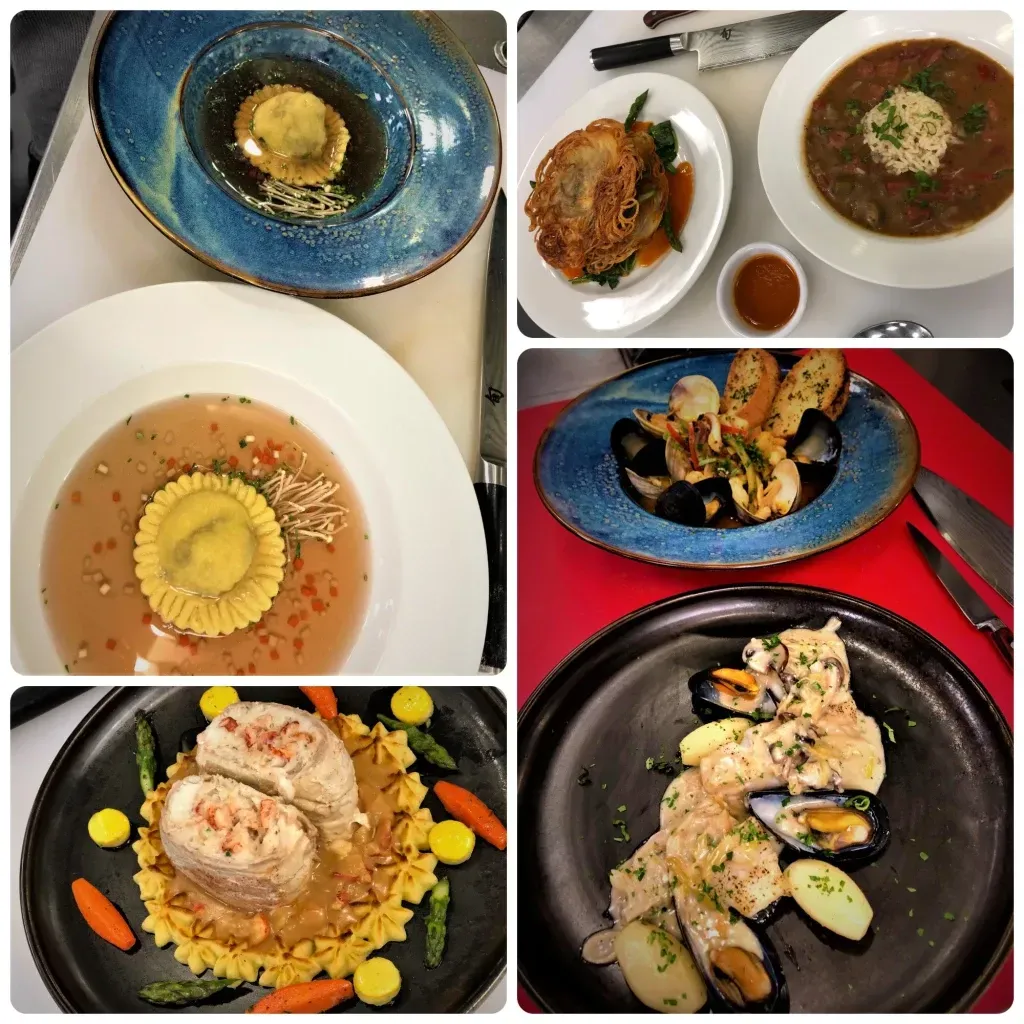
Clockwise from the top – Oxtail Consomme with Ravioli filled with braised Oxtails and Porcini Mushrooms, Chicken and Sausage Gumbo Ya Ya, and Vegetarian Napolean with roasted Tomato Coulis, Stuffed Sole on a creamy Lobster Ragout, Oven poached Cod with Mussels and Leeks with Buere Blanc made from the poaching liquid.
In my Soup and Sauce class at Ozarks Technical Community College, I teach the classical ways to create soups and sauces in ways that could be used in contemporary fine dining establishments. We focus on building soups and sauces from stocks made carefully from bones, vegetables, and aromatics. In this post, I will discuss the 5 basic principles/secrets for building flavor. The photos in this post feature soups and sauces which were derived from modern versions of the Mother sauces found in the classical Haute cuisine. The Mother sauces that students learn are Espagnole, Veloute, Bechamel, Tomato and Hollandaise.
Extraction + Reduction = Flavor
This equation describes the process of developing flavor at its most basic level. Consider the example of making stock for a flavorful chicken soup. The first step is to create a stock by pulling the flavor of the chicken out of the bones, mirepoix, and aromatics into a pot filled with cold water. After the stock has cooked slowly for 3 to 5 hours it is strained and then reduced to evaporate some of the water and to strengthen the flavor of the chicken. Umami is the sought-after flavor profile in a great chicken soup and when it is consumed it can create a comforting memorable feeling.
Low and Slow Cooking
The best stocks, broths, sauces, and braised dishes are achieved by slowly cooking. When stocks boil rapidly with the bones and vegetables the process agitates the particles and any fat in the liquid. This results in a clouding finished product. Slow and gentle simmering creates a clear clean stock. Another important point when making stocks and broth is to always start with cold water. This is done to slowly draw out the flavor and nutrients from the bones, mirepoix (vegetables), and aromatics (herbs and spices) to create a stock or broth this is achieved through the scientific process of osmosis. In the braising of meats, slow cooking keeps the meat tender when finished. In contrast, if the cooking is done rapidly the meat can become stringy and unpleasant when eaten.
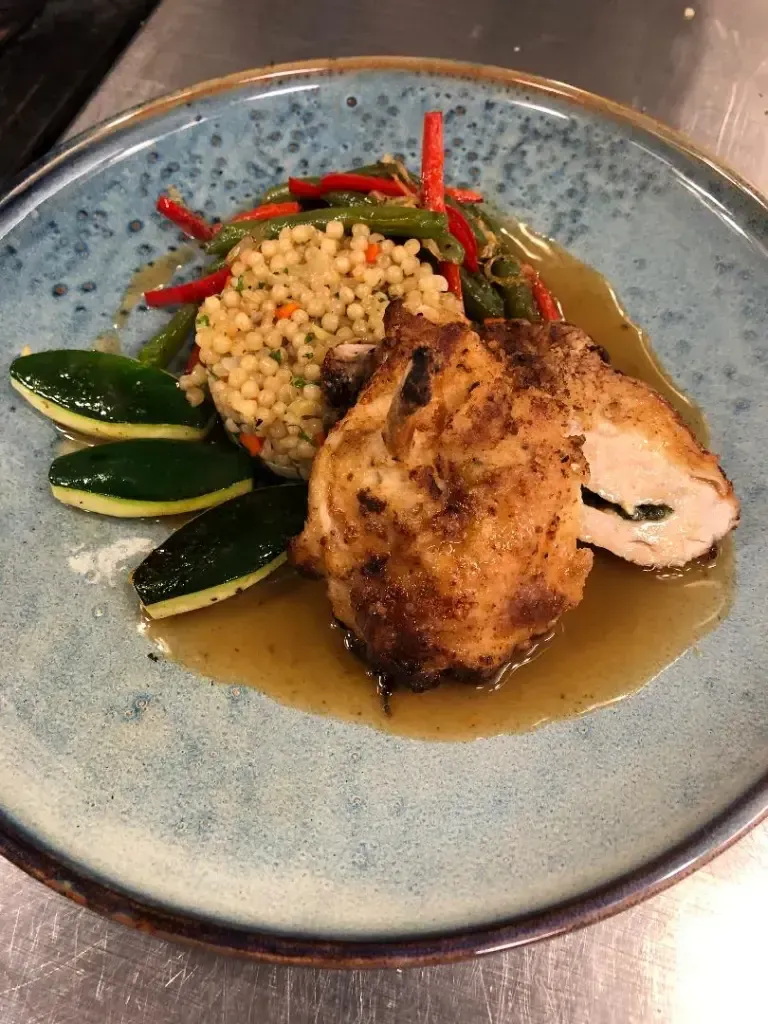
This stuffed chicken breast is served with a pan sauce made with reduced golden chicken stock (glace de viande), sherry, and butter. Produced after pan-roasting the stuffed chicken. The classic glace de viande or meat glaze is when a stock made from meat is reduced to a thick syrupy glaze without any starch such as roux or slurry.
High Quality Ingredients Produce the Best Results
Always try to use the best quality ingredients when preparing soups and sauces. Start with the freshest and best ingredients and treat the products with care in the prepping and cooking process. This will produce the best results in finished dishes. We used to say you have to baby a soup or sauce when cooking it by treating it with the best care and techniques to yield extraordinary results.
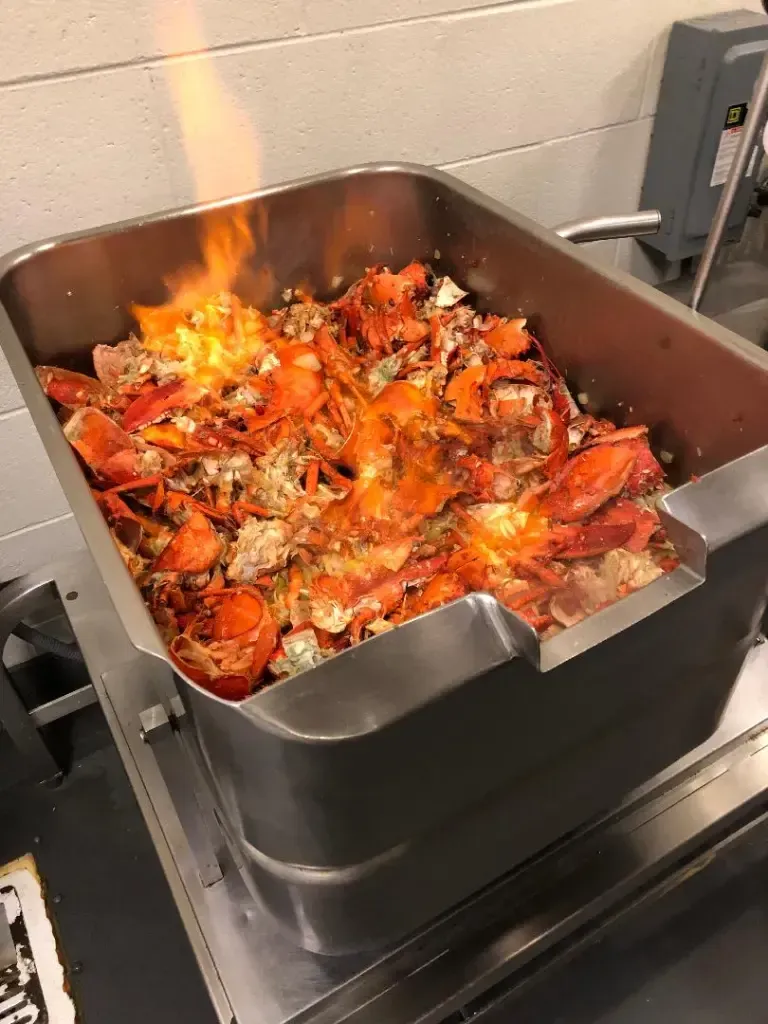
These lobster shells are flambeed with brandy after roasting and then made into a lobster stock along with mirepoix, tomato paste, and aromatics. Use for lobster bisque or lobster sauces.
Fantastic Soups and Sauces Begin With a Great Stock
Stocks and broths are the foundation of any great soups or sauces. Compare this to an analogy in the construction of a house, starting with a solid foundation on top of which a frame can then be built which will result in a beautiful house when finished. Without a solid base to start with the finished product will not be excellent. Always start with a flavorful clean and clear stock to build and produce the best sauces and soups.
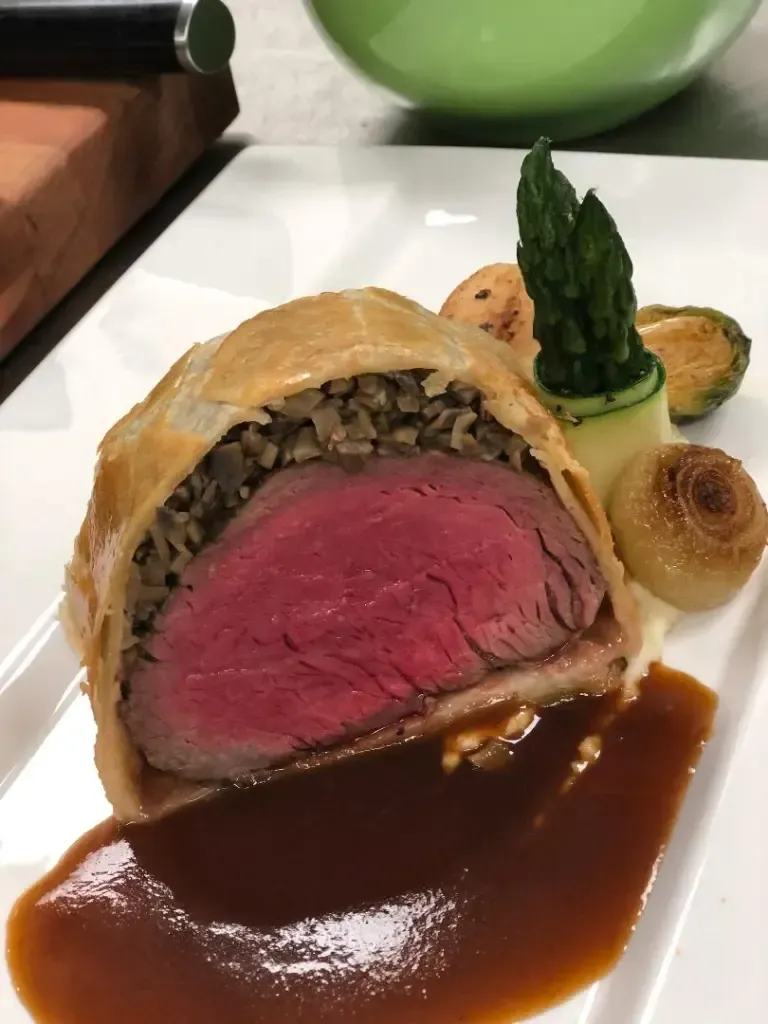
In this presentation of beef tenderloin prepared in the classic style of “Beef Wellington,” the rich sauce that was served with it was made with a modern version of Demi-Glace. This sauce is created from a stock (Fond Brun de Veau) made with roasted veal bones, mirepoix, tomato paste, and aromatics then slowly simmered for at least 8 hours.
Skim, Strain, and Reduce
These three actions are of the utmost importance when creating flavorful stocks and sauces.
Skimming the scum, grease, and impurities that rise to the top in the simmering process of stocks and sauces must be done carefully and often throughout the cooking process to create a clear stock and a shiny sauce. This technique is called Dépouillage in French. Do this by carefully pushing the scum to the side of the pot or kettle and carefully skimming it off and discarding it.
Straining the stocks and sauces is also very important to yield a clean and shiny sauce by removing any of the particles that would break down and cloud a sauce during the cooking process. This is often done several times throughout the process of reduction (cooking down the sauce to evaporate water). Each time transfer the sauce to a clean smaller pot and then repeat the process. A fine mesh strainer (Chinoise) or sometimes cheesecloth is used to achieve the finest results.
Reduction is the process of simmering or lightly boiling stock or sauce to evaporate the water to intensify the flavor of the finished sauce or soup. If a sauce or stock is bland and watery the flavor will be weak. Reduce it to improve and strengthen the flavor.
If you would like to make the short ribs in this post go to my page on recipes and scroll down to find my recipe for braised short ribs with wild mushroom sundried tomato risotto. I hope the techniques and images in this post will help you to improve your soup and sauce making and as always if you enjoyed this post or have any questions please let me know in the comments. Bon Appetit!
As stocks and sauces cook impurities such as fat and scum rise to the top. Skim them often and discard the fat and scum to yield the best-finished results.

